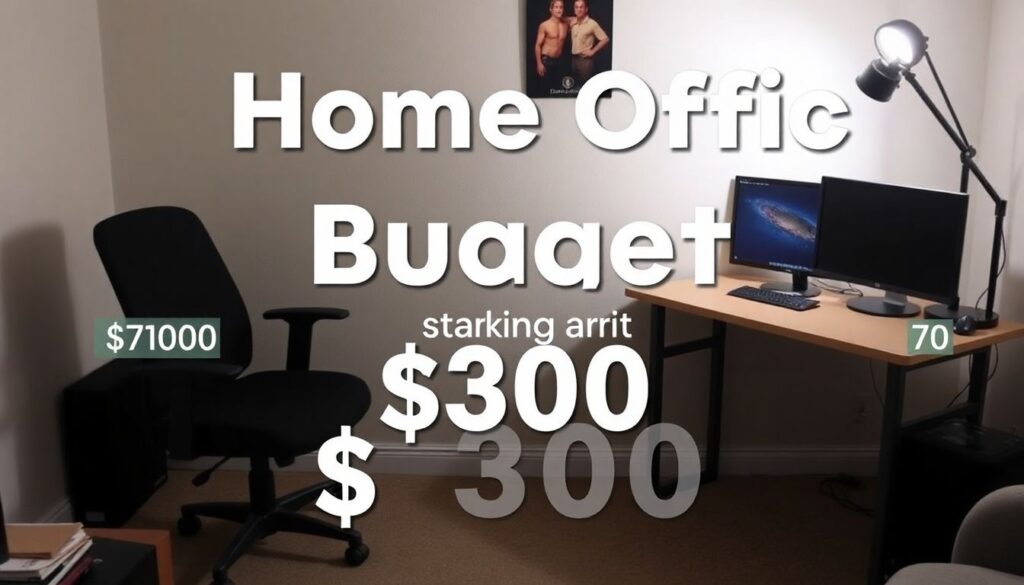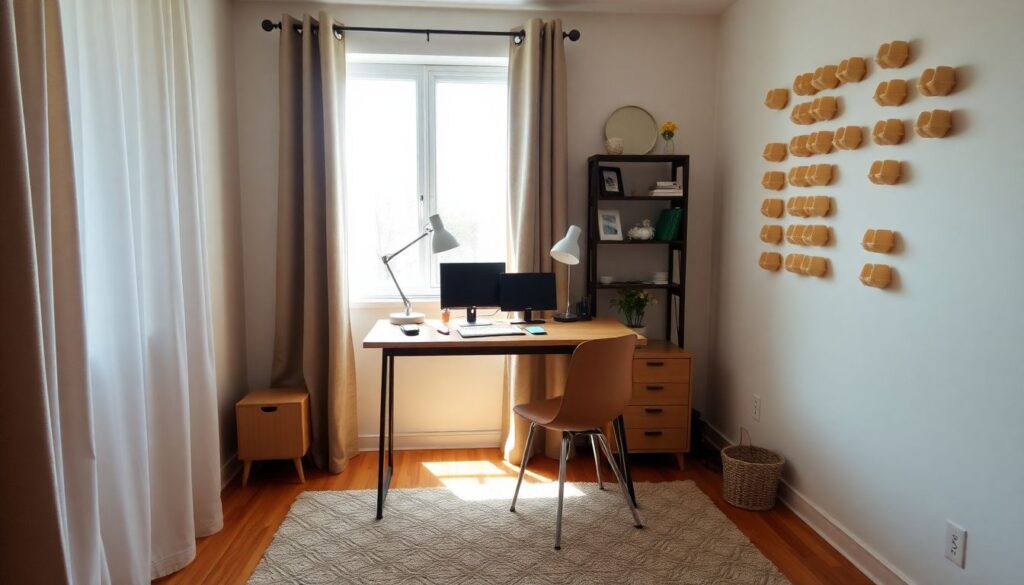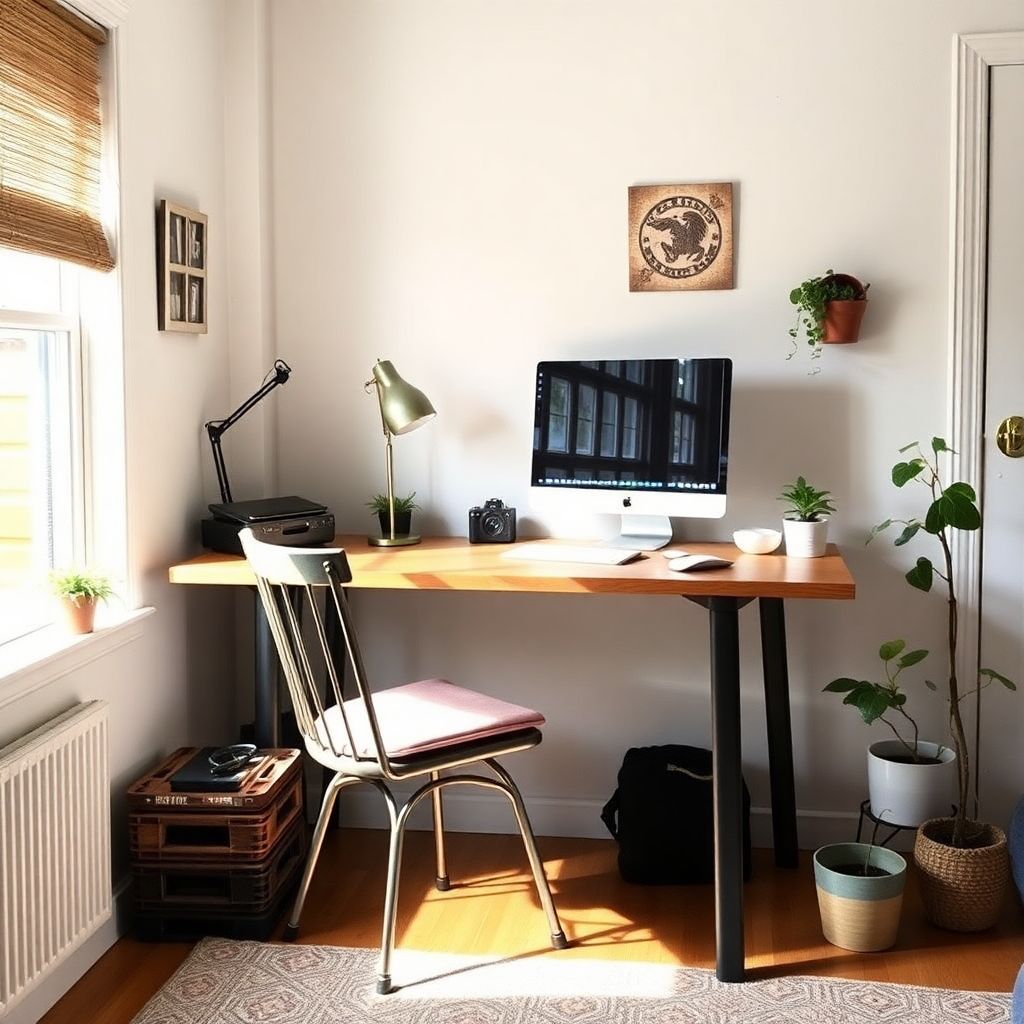How to Budget for a Home Office Setup on a Budget
Let’s be real — building a home office when you’re already pinching pennies feels like trying to bake a cake without flour. But here’s the good news: you don’t need a Pinterest-worthy workspace to be productive. With smart planning, a touch of creativity, and some insider tricks, you can create a functional, comfortable home office without draining your bank account.
Start with What You Already Own
Before you even think about hitting “Add to Cart,” take a good look around your home. You’d be surprised how much you already have that can double as office furniture or gear.
For example, Sarah, a freelance copywriter from Austin, turned her unused dining table into a spacious desk. “It wasn’t ideal, but it worked. I added a cheap desk mat and used a kitchen chair with a cushion. Worked like a charm for six months,” she says.
Look for:
– An old table or console that can serve as a desk
– Floor or desk lamps for lighting
– Storage baskets or bins you can repurpose
Set a Realistic Budget — and Stick to It

This part isn’t glamorous, but it’s crucial. Set a hard cap on what you can spend — whether that’s $100, $300, or $500 — and break it down by priority.
Here’s a quick budgeting breakdown if you’re working with $300:
1. Chair – $100
2. Desk – $80
3. Monitor – $70 (used or refurbished)
4. Lighting – $20
5. Accessories (keyboard, mouse, cables) – $30
That’s tight, but doable. And if you already own some of these, you can shift those funds elsewhere.
Tech Tip: Don’t Fear Refurbished
Refurbished doesn’t mean junk. Many retailers like Amazon Renewed, Best Buy Outlet, and even Apple Certified Refurbished sell gear that’s been professionally restored and tested — often with warranties.
For instance, a refurbished 24-inch monitor can cost under $80, compared to $150+ brand new. That’s nearly 50% savings.
Get Creative with Furniture
You don’t need a $300 standing desk to be productive. Here are a few unconventional ideas:
1. DIY Desk: Buy a second-hand tabletop (or even a door) and place it on two filing cabinets or crates. Total cost: under $50.
2. Wall-mounted desk: If space is tight, install a fold-down wall desk. Ikea has models under $100, or you can DIY it with shelf brackets and plywood.
3. Standing desk hack: Stack sturdy boxes or books on a regular table to make a budget standing desk. It’s not fancy, but it works.
Real-World Example: The $150 Office
Mike, a remote software engineer, shared his setup:
– Used office chair from Craigslist: $30
– IKEA Linnmon desk with Adils legs: $60
– Second-hand 1080p monitor: $40
– Clamp-on lamp: $10
– Mouse and keyboard set from Amazon Basics: $10
Total: $150. “It’s not glamorous, but it’s ergonomic and quiet. I even had money left for a few plants,” he says.
Lighting and Acoustics Matter More Than You Think

Bad lighting = headaches. Bad acoustics = distractions. Here’s how to fix both affordably.
– Lighting: Use natural light whenever possible. Add inexpensive LED desk lamps ($15–$25) with adjustable brightness and color temperature.
– Sound: Use curtains, rugs, and even egg cartons on the wall to reduce echo. Budget noise-canceling headphones ($40–$60) can work wonders in noisy households.
Quick Fix: Use Your Smartphone as a Webcam
If your laptop camera is grainy and you can’t afford a separate webcam, apps like Camo or DroidCam let you use your smartphone as a high-quality webcam. Free versions exist, and quality is often better than a $50 standalone cam.
Don’t Forget the Extras (But Don’t Overspend)

Cable organizers, laptop stands, and desk pads seem small, but they improve comfort and productivity. Look for budget-friendly versions on Amazon, or even Dollar Stores. Or just use binder clips and toilet paper rolls — seriously.
Also, don’t underestimate the power of greenery. A $5 plant can boost your mood and make your space feel more intentional.
Final Thoughts: Function Over Flash
At the end of the day, your home office doesn’t need to look like a tech startup’s HQ. It just needs to work for you. Focus on comfort, lighting, and minimizing distractions. Be scrappy, be creative, and remember — this setup isn’t forever. It’s a stepping stone.
By starting small and upgrading slowly, you’ll build a space that supports your workflow without wrecking your wallet. And that’s the kind of ROI we can all get behind.

